Move over, hyacinths. Stand back, amaryllis. It’s time for lily-of-the-valley to take center stage. Yes, lily-of-the-valley!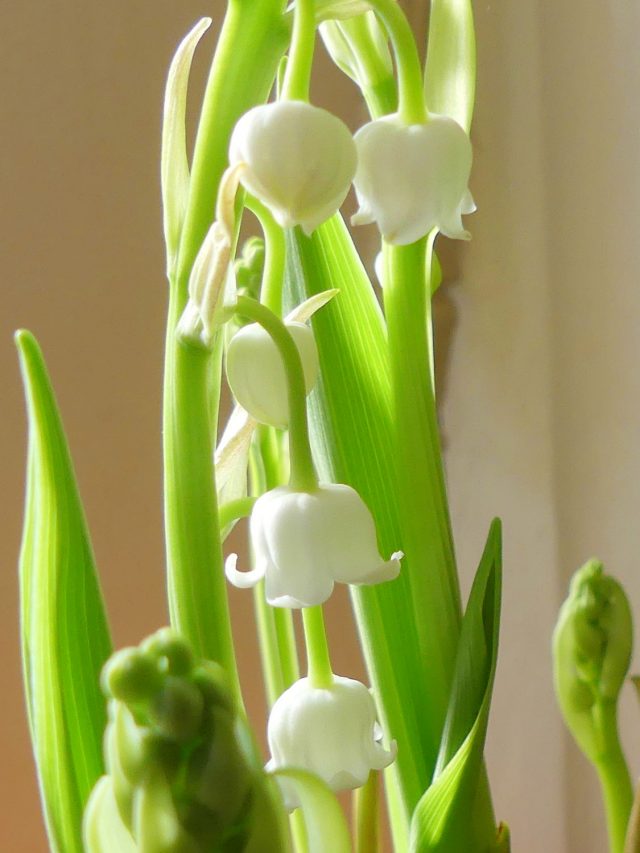 After my hyacinths bulbs rotted last winter and my amaryllis were clearly not going to bloom on my schedule, I was feeling a bit gun-shy about forcing bulbs. In fact, I had made up my mind I wasn’t going to force any.
After my hyacinths bulbs rotted last winter and my amaryllis were clearly not going to bloom on my schedule, I was feeling a bit gun-shy about forcing bulbs. In fact, I had made up my mind I wasn’t going to force any.
And then suddenly in December I got it in my head to force lily-of-the-valley. I had always been discouraged from doing this by the price. So the first thing I did after the notion took hold was do some online price comparisons. There was a wide range of prices on Amazon, but I noticed all the inexpensive sources had a number of bad reviews. The one firm that seemed reliable was more expensive than White Flower Farm, which was the source that always seemed expensive in the past (go figure). Maybe because I didn’t have any other bulbs to force, I felt entitled. Or maybe–given the bitter temperatures–I just felt desperate.
I ordered two bunches.
I’d never forced lily-of-the-valley before, so follow along as I give it a whirl.
Lily-of-the-valley has a creeping rootstock with growth points called pips. The pips are what will grow into leaves and flowers.
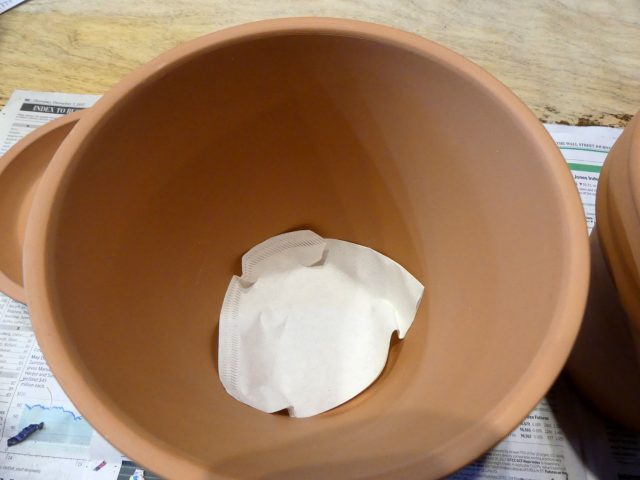
Here’s a tip: you don’t need to put broken crockery in the bottom of your pot. A coffee filter is sufficient to keep the soil from leaching out.
White Flower Farm recommended an eight-inch pot, and that was just big enough. If you have a deeper pot, that’s even better. And cold climate gardeners–if you store your potting soil in an unheated shed or garage, bring the bag into the house the day before, so the potting soil can thaw. And your potting soil needs to be moist, of course.
It’s awkward getting the potting soil down in between all the roots. I was glad for the video White Flower Farm provided (see below) as it looked awkward for the presenter, too.
Now, the hard part: waiting.
For the first two weeks, they did nothing. Nothing that I could see, at least. I started to wonder if they had frozen in their box on the porch. Maybe they would never bloom.
If I can keep the plants alive until winter is over, I will plant them in the ground. After a year or two they should bloom outdoors for many years to come. That makes my frugal soul feel justified in the expense.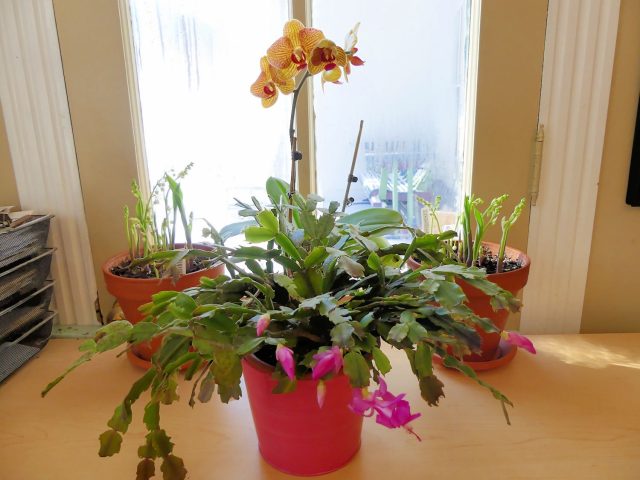
They bloomed just in time for Garden Bloggers’ Bloom Day. Here they are, pictured with all my other January bloomers.
Inspired by the words of Elizabeth Lawrence, “We can have flowers nearly every month of the year,” Carol of May Dreams Gardens started Garden Bloggers Bloom Day. On the 15th of every month, garden bloggers from all over the world publish what is currently blooming in their gardens. Check it out at May Dreams Gardens.


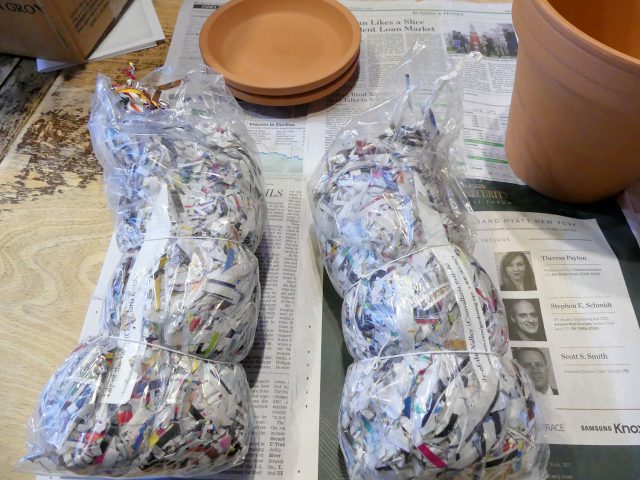
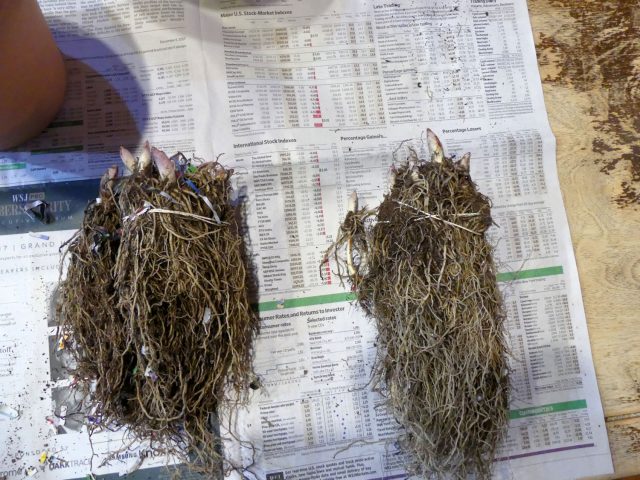
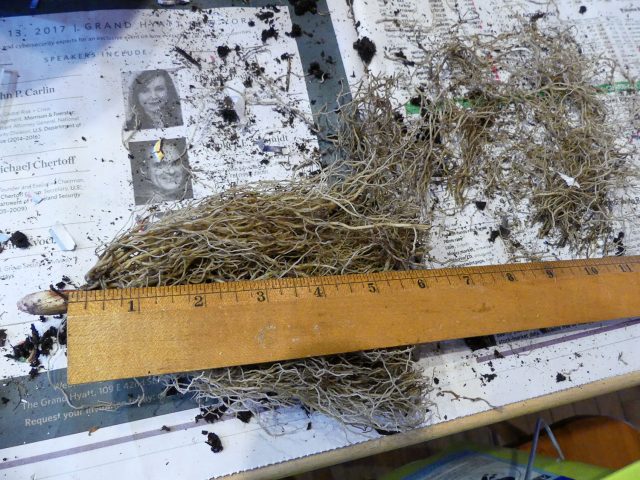
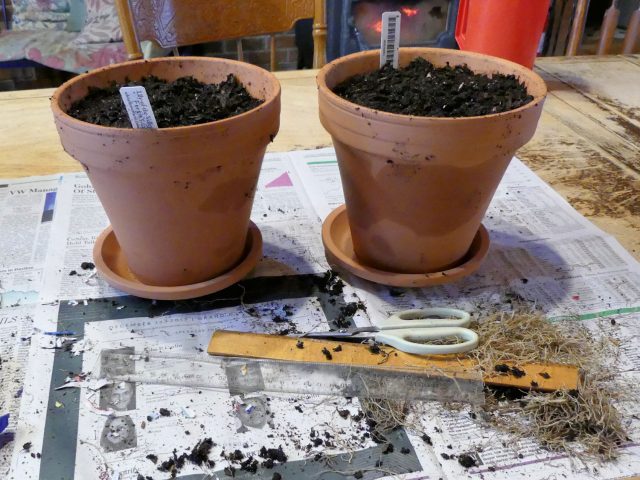

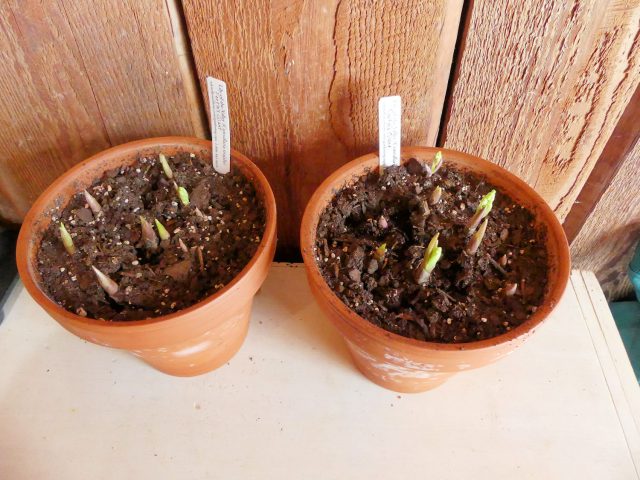
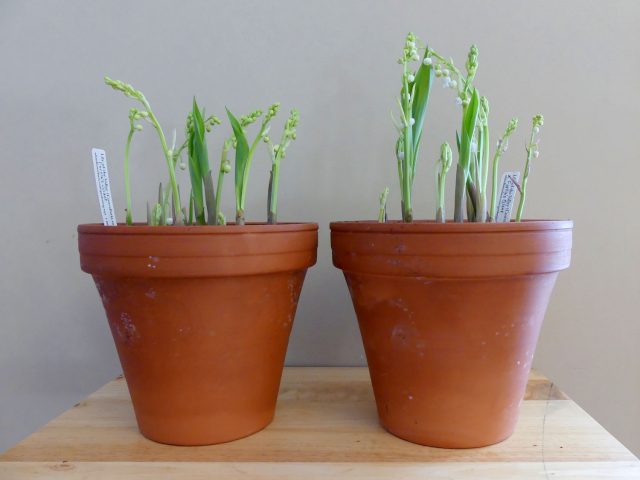



Great Post,never tried growing them but I do love that unforgettable fragrance.
I have a dark purple petunia and an light organge annual that bloomed in sun and looks like tiny roses both in bloom. I also have a waxed amaryllis that has bloomed fading. I will dig lily of the valley hiding in a shady spot, rarely seen and force them next year. Thanks.
This is such a nice idea. Maybe if I try starting some now, they can last me into spring.
They really are lovely – so vibrant! Glad that you had success.
I own a landscape company in Michigan. Yes, very cold here. Although not all posts apply to what I do, I’m finding some valuable in formation. Especially for my around my home.
JP
What fun. I have thought about digging some up during the next thaw and trying this. Talking about frugal here.
Matt Mattus did that and he tells what he did in this blog post.
Very nice post, Kathy. I do know LOTV smell heavenly. I never thought about trying to grow them indoors. I have no luck growing them outside for some reason. Maybe I’ll try growing them indoors in the future.